Blog
Temples to Visit when in Java: Prambanan and Borobudur
12 June 2019
Yogyakarta — (also Jogjakarta or Jogja) is the capital of culture and heart of Indonesian island named Java, a spot of world-famous religious shrines, incredible black volcanic sand beaches. It’s a center of classical Javanese fine arts, ballet, music, traditional batik textiles, theatre, and poetry.
The name of the city Yogyakarta can be translated as a ”city that is fit to prosper,” and it’s 100% true. From year to year, a growing number of tourists are attracted by this destination. Here you can enrich yourself spiritually and culturally or physically relax on the coast of the perfectly warm Indian ocean.
Also must-visit here is ancient temple compounds — most known are Prambanan and Borobudur, which are situated few hours ride from Yogyakarta. Here we will tell you about their history and why should you visit them:
Prambanan — temple built on unrequited love
Prambanan — is a whole temple complex, that consists of 224 oldest Buddhist and Hindu temples, situated 18 km from Yogyakarta. It’s the biggest Hindu temple in Indonesia, and the second-largest in the Southern Asia. The compound has been built more than 1000 years ago. However, the exact date of this magnificent temple is still can’t be determined for umberless years. Most likely that it was in the end of the IX century — the beginning of the X century by by two different kingdoms, each with their own religion, as a place, where both of them can pray. It is dedicated to three indian Gods — Shiva, Vishnu and Brahma.
Majority of temples in the Prambanan complex has become ruins due to earthquake and volcano eruption. But in the first half of the XX century, spires of the sanctuary have been restored by Dutch scientists.
The compound is built on a square plan. It has four tiers, surrounded by four walls with four gates. This magical number is assumed to be related to the number of Indonesian castes at that time. The most significant temple in Prambanan, which is situated in the center, is 47 meters high. All sculptures relief is decorated in the theme of traditional ancient Hindu „Ramayana” epic.
Like every temple, Prambanan has its fascinating legend. One handsome prince has been in love with a beautiful princess and came to woo her one day. She promised to reciprocate his feelings only if he carves 1000 sculptures out of temple stone walls in one night. The prince excitedly began right away and made 999. He has seen that the princess decided to speed up the sunrise and burned up a massive fire, trying to simulate daylight. The prince found out this cunning plan and cursed her. They say that this petrified princess became the thousandth sculpture in Prambanan.
Sometimes Prambanan is called „Rara Jonggrang” by locals, which means „Slender Virgin” in Javanese — that’s how this princess Durga from the legend was named. Since 1991 temple complex is considered to be UNESCO World Heritage Site.
Borobudur — World’s Biggest Buddhist Temple
Borobudur — is an ancient Indian Buddhist multi-tier hemispherical construction. Architectural dome- or bell-shaped monuments are also called „stupa.” The word ‚Borobudur’ is translated from Sanskrit as a „Buddhist temple on the mountain” or according to another version „the temple of thousand Buddhas.”
Allegedly Borobudur was erected in the 9th century during the reign of the Sailendra Dynasty. After the volcano eruption in 1006, the temple has been abandoned and stood covered with volcanic ashes and jungles for hundreds of years. During the 19th century, while the complex was in damaged condition, one tried to reconstruct and clear him up, yet another was arrogating valuable and unique artifacts to themselves. Extensive renovation with UNESCO support began in 1907 and continued till the end of the 20th century. It is listed as the World Heritage Site since 1991.
Dutch artist named Nieuwenkamp developed a hypothesis that Borobudur represents the floating lotus flower and probably must be situated on the lake. Further geological studies proved that there had been a lake in the 11th-14th centuries. But it’s still unclear whether it was drained for constructions or happened as a result of natural catastrophe.
The complex consists of 8 tiers, decorated with more than 2000 bas reliefs and 504 Buddha statues. All of them are installed in a specific Buddha pose. Some of them are meditating. Another one is promising to make all our wishes come true, reminding believers to continue the path to the path of salvation and persuade in the integrity of their teachings.
The majority call Borobudur the Eighth Wonder of the World, and it’s still a pilgrimage and prayer spot. Pilgrims follow a path around the monument eight times clockwise on each tier. It is said that touching each Buddha on the highest level brings happiness.
Java temple compounds are not only historical but also spiritually enriching, where you get to take in another religion and admire the mighty construction built-in times not technologically prepared for. If you are on Bali - you should visit Java and go to these shrines from Yogyakarta. It’s worth it.

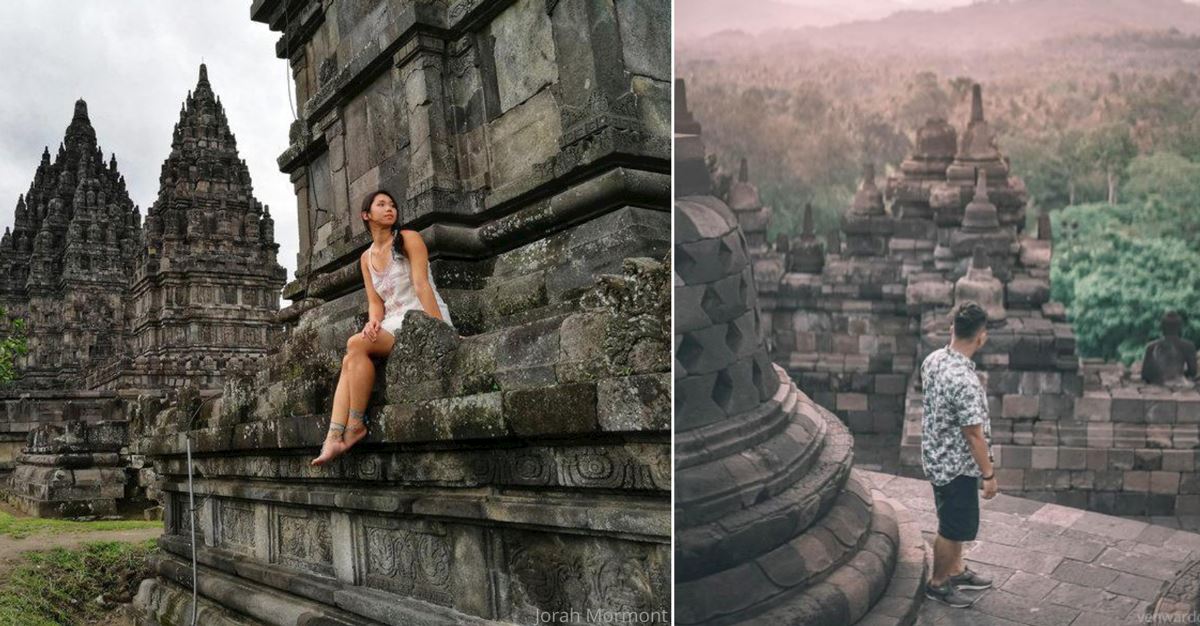
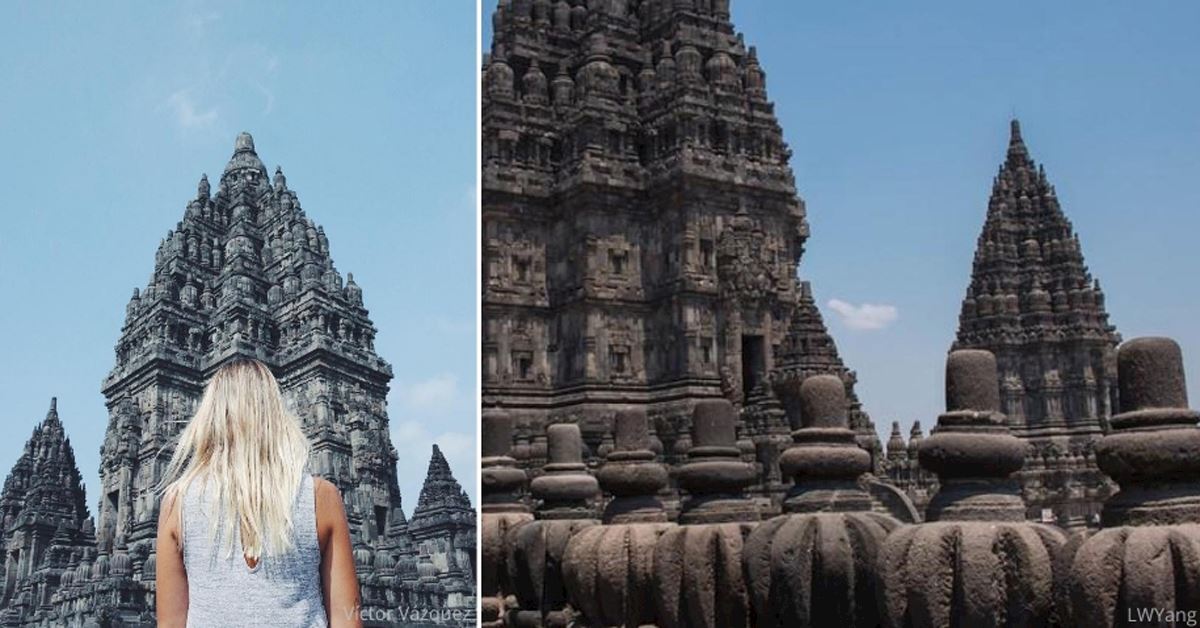

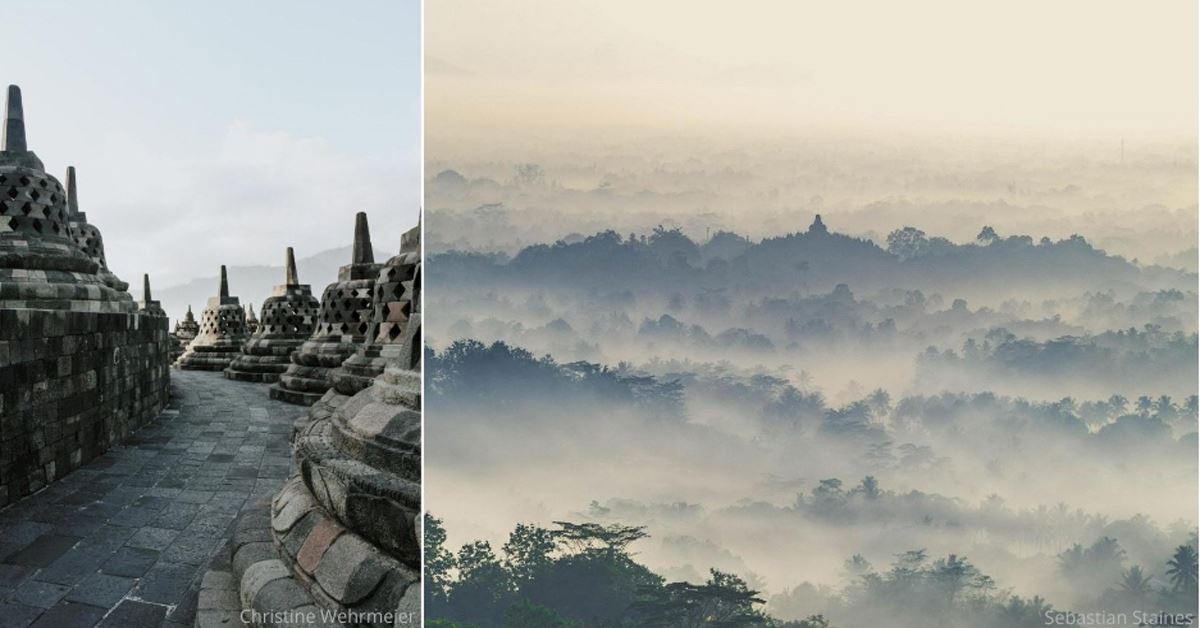


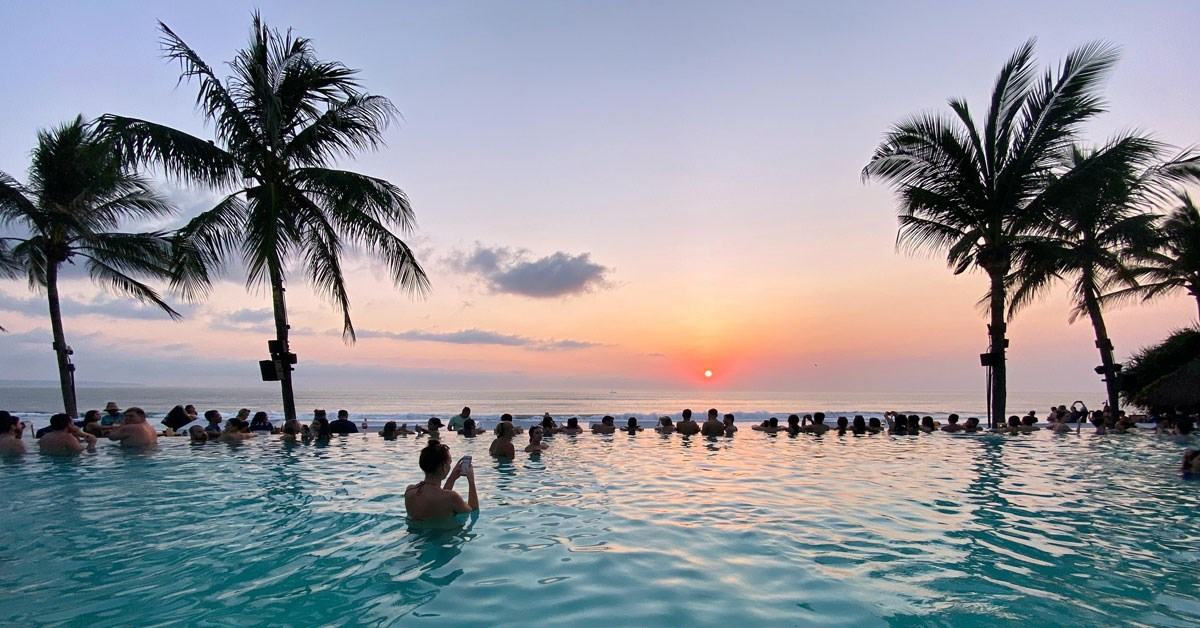
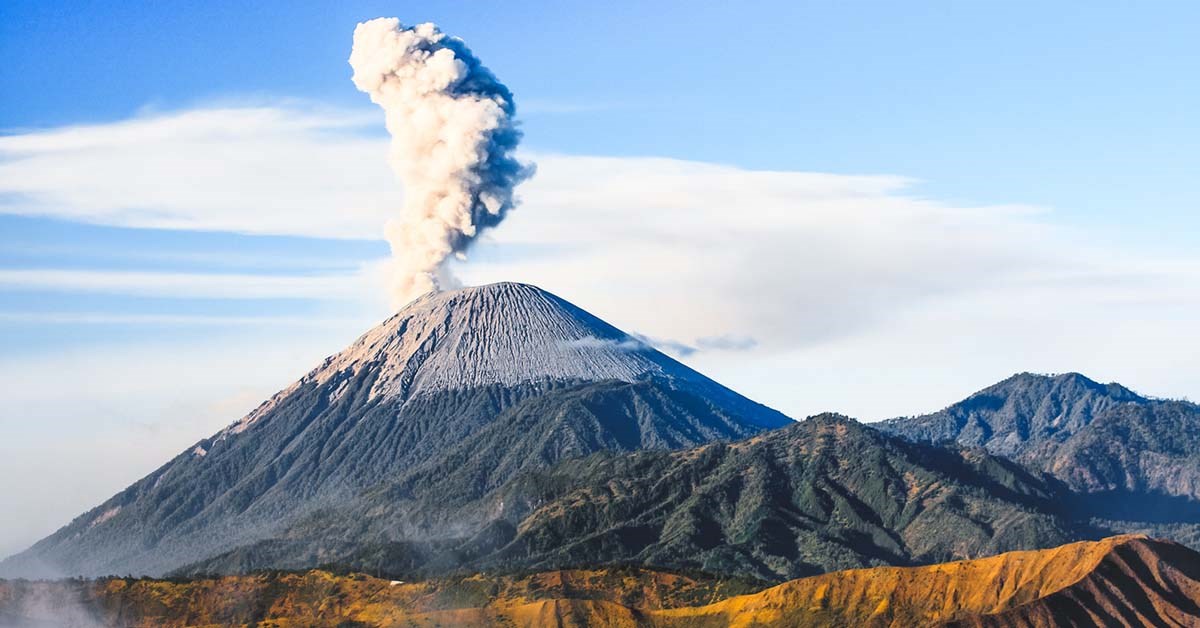

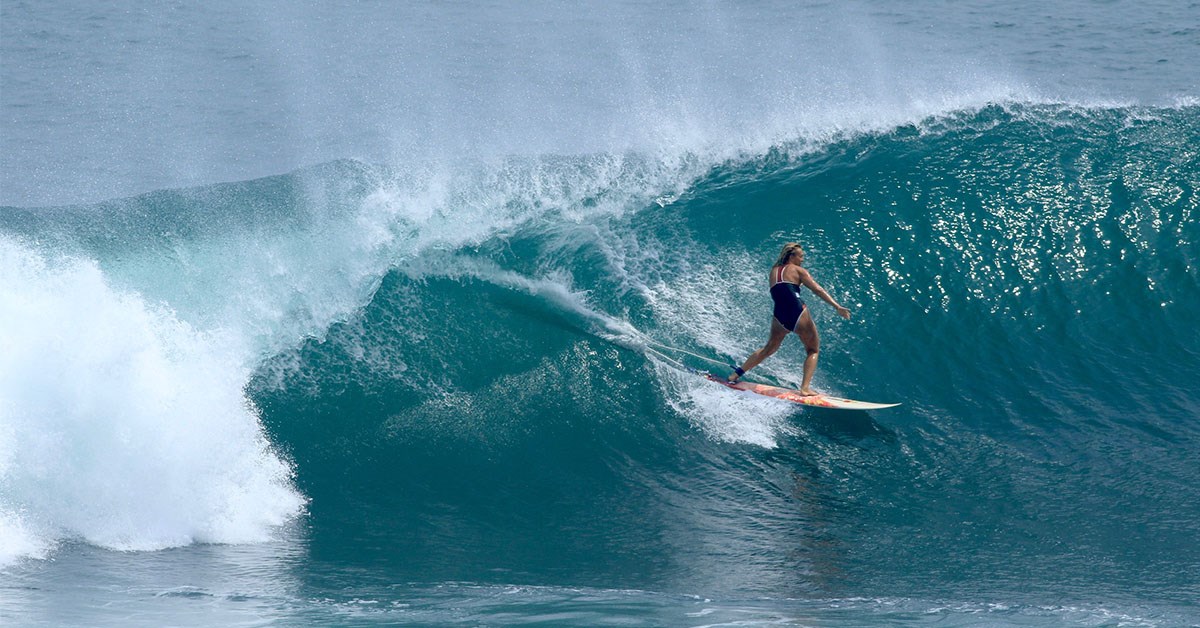


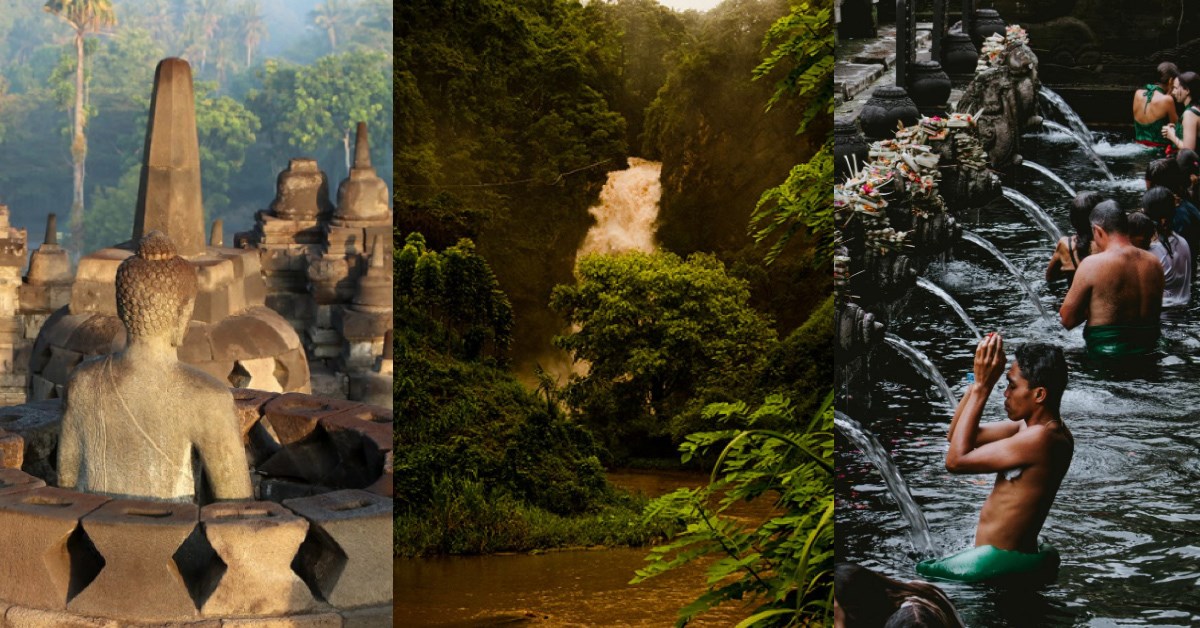
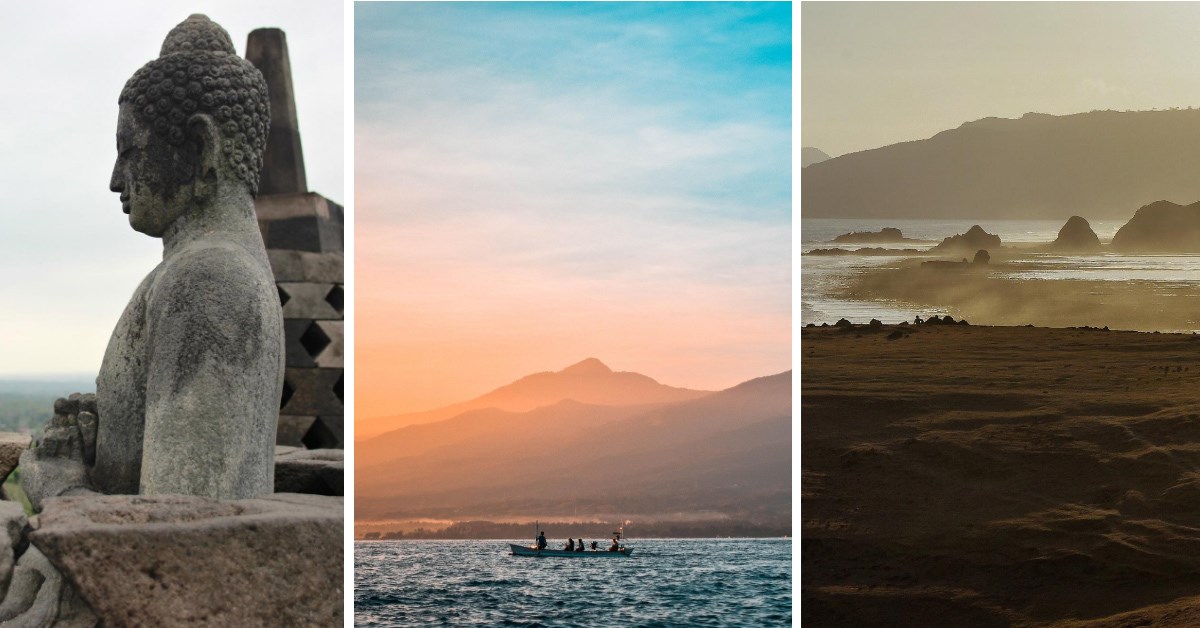
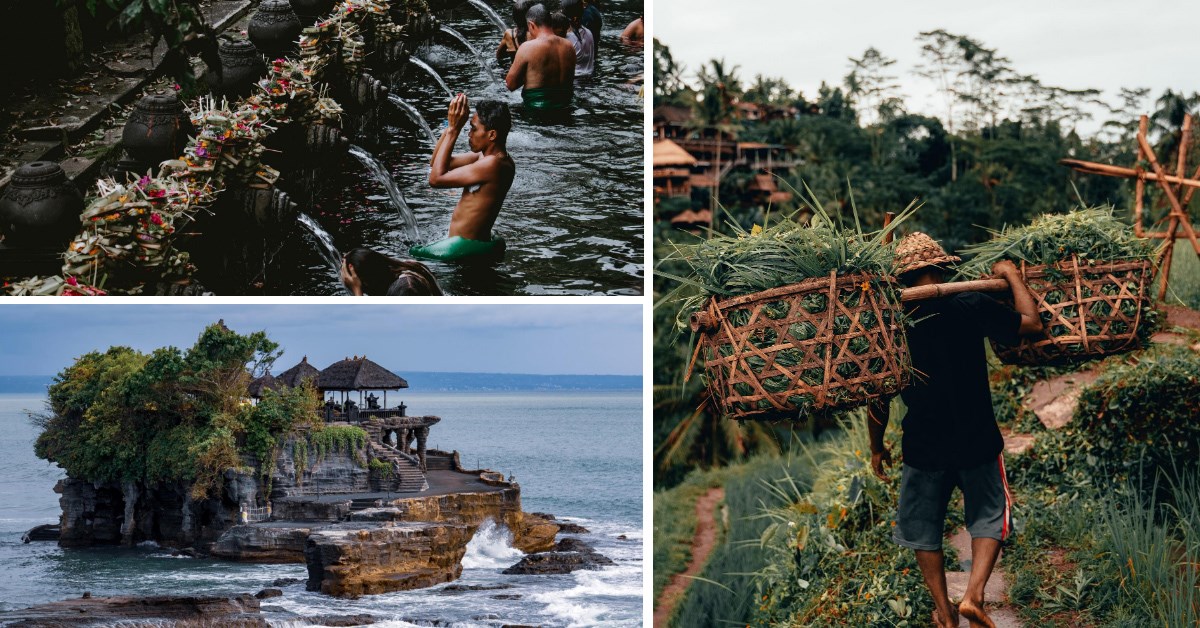
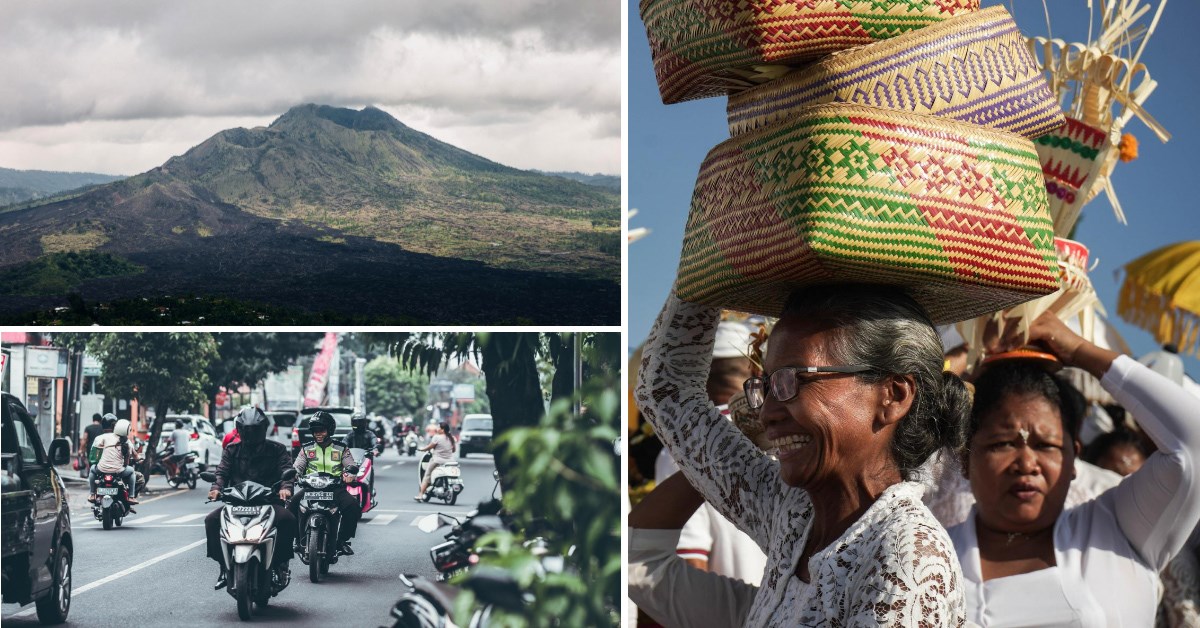
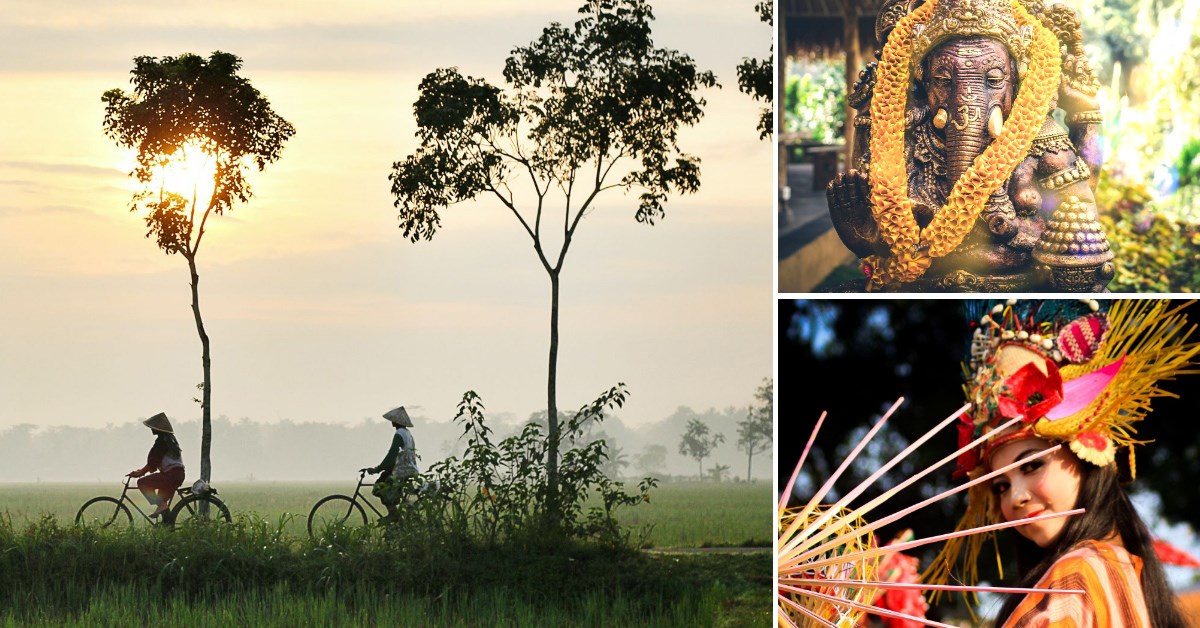


Be the first to leave a review